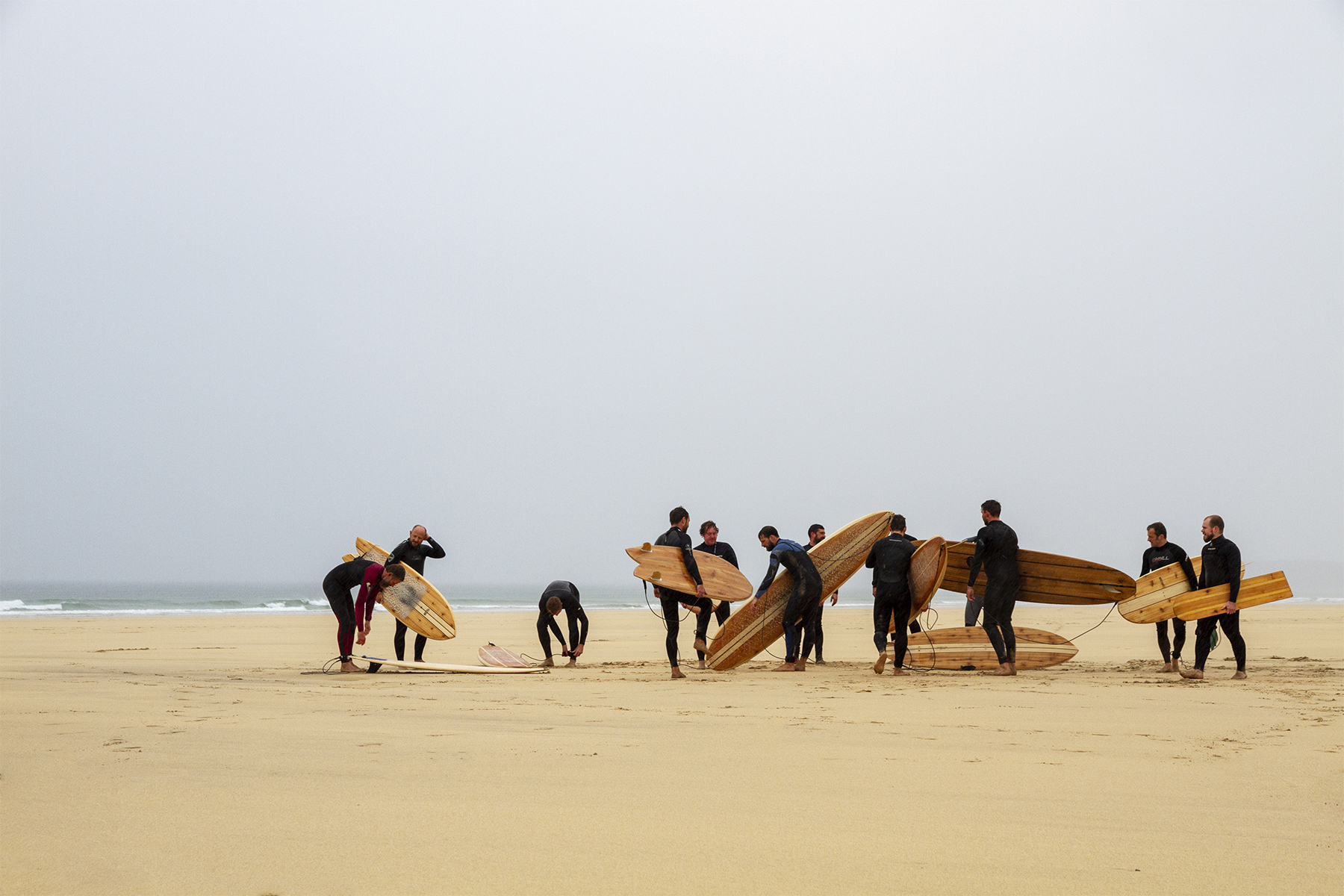
Lifestyle /
The quest for sustainability can be seen trickling into every aspect of our day to day lives now, from everyday tasks such as grocery shopping and washing, to becoming a guiding factor in our choice of hobbies, too. Like with a lot of big industries, though, when it comes to sport, there’s still an awfully long way to go to really tackle a considerable sustainability push.
One sport that is starting to see a huge shift, though, is surfing. There’s been a rebirth in the surfing world of riding wooden boards, a renaissance fuelled by the plastic plight and a wish to go back to simpler living. According to the non-profit Sustainable Surf, ‘approximately 70,000 verified ECOBOARDS were made in 2020 – a solid increase on the 63,000 produced in 2019.’ This is also after a huge spike from only 1,400 in 2012.
Ocean waste is a serious problem for companies emotionally and physically connected to the sea, said the founder of outdoor clothing company Finisterre in a Guardian debate. It makes sense that surfing would lead the way in a charge for more eco-friendly approaches, after all, those who commit to it are constantly immersed within the ocean, nature and see the effects of plastic pollution and human error first-hand. Plastics are one of the biggest threats to the ocean’s ecosystem, so it’s not surprising that those who are at one with the ocean would want to combat this.
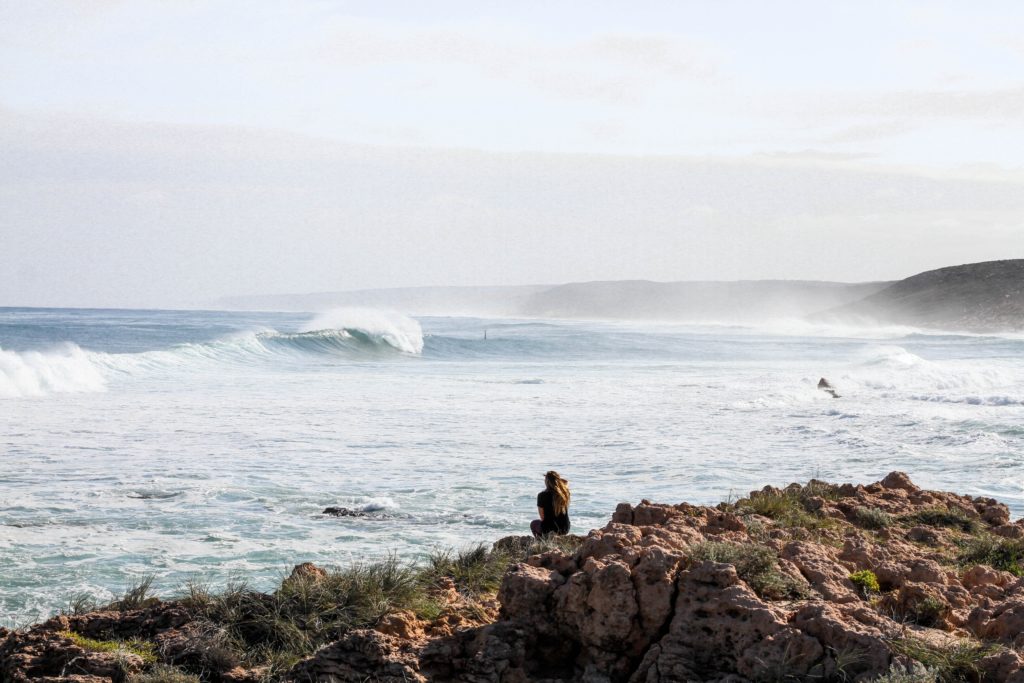
As Surfers Against Sewage state: ‘Luckily, surfing brings together a diverse cross section of society and fuses different subcultures, which might not ordinarily mix. Doctors and lawyers sit in the line up next to builders, students and the unemployed. This is incredibly practical as a concept to propagate strong ideas, in this case sustainability, transecting normal social boundaries and like a boulder dropped in a pond, the waves of change can travel with unparalleled speeds and effectiveness. Within our surfing communities we have all the individual characters needed to breathe life into sustainability, ensuring sustainability is accepted as established behaviour within the mainstream.’
The problem is that, like with other sports, it’s an industry that, in reality, lags behind in sustainable practices – largely due to the fact that choices on kit are fuelled by performance credentials. It’s a conundrum that sits at the centre of sustainability fights across the world. Although there may be the right people involved and surfers, like myself, may be passionate about changing the course of climate change and ocean pollution, there’s a lagging behind when it comes to equipment and the industry at the core pioneering change.
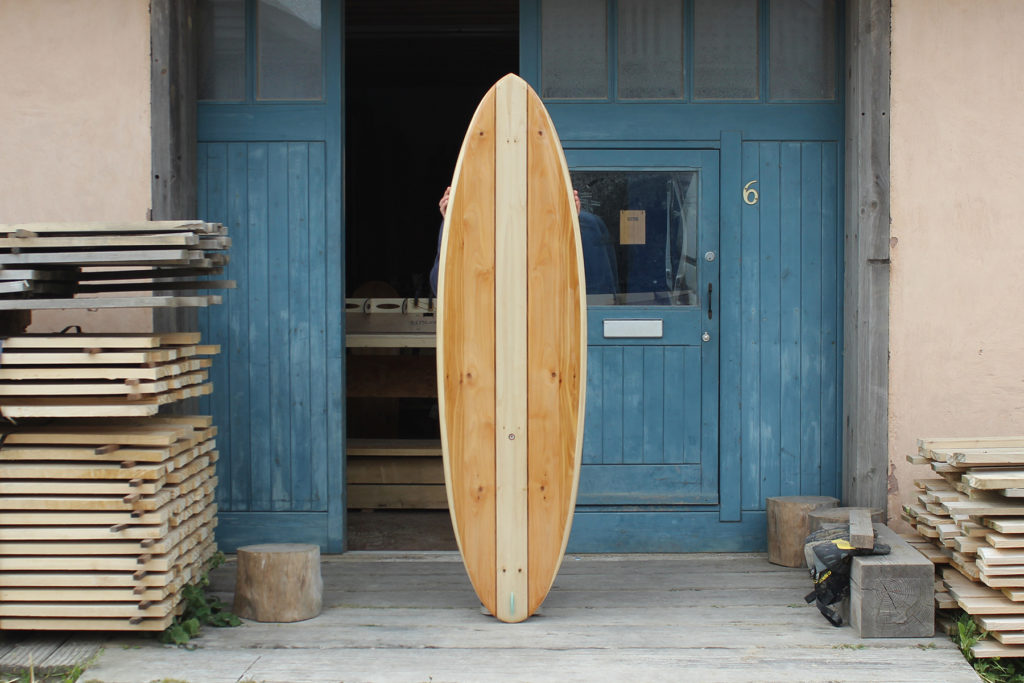
That’s where the recent surge in the uptake of wooden surfboards could really be the waves of change needed – literally, they help to keep plastic out of the ocean. Otherwise, the boards used to catch the best waves tend to be made up of toxic, non-biodegradable petrochemical products and somewhat negate the image of surfers being in an harmonious relationship with nature. According to Surfers Against Sewage, ‘it has been estimated that about a million surfboards are manufactured every year throughout the world,’ and the vast majority of surfboards are made of plastic, the manufacturing process generates a lot of waste and it involves a lot of poisonous byproducts.
Some makers and shapers have been levelling up though, keen to produce boards that are as technical and efficient as their less-natural and more toxic rivals. Historically, of course, surf boards were made out of solid wood before technology and development took over and we moved onto bigger and better things (or so they say).
Today, it’s all about a revisit to the past and a nod to the more sustainable, natural way of doing things. Research shows that demand for more sustainable, wooden surfboards is stratospherically on the rise this year but it’s about makers showing that they can be as performative as their less-sustainable siblings. Wood is, of course, a natural material and can be introduced back into the environment at the end of its lifecycle as a board. If the raw material is extracted at a rate slower than the natural regeneration of that material, then it can come close to being entirely sustainable.
Otter Surfboards are one of the most well-known wooden board brands across the world, making boards from locally-grown timber from regenerative, sustainable woodlands. James Otter makes and teaches people how to make wooden surfboards from his workshop in Truro, Cornwall and is keen to keep pushing the sustainable boards out there. He recently released a book called Do, Make, The Power of Your Own Two Hands and is clearly passionate about encouraging people to get back to basics when it comes to making, in the form of sustainable crafting. In fact, in his new book, he actively encourages others to have a go at making their own wooden boards.
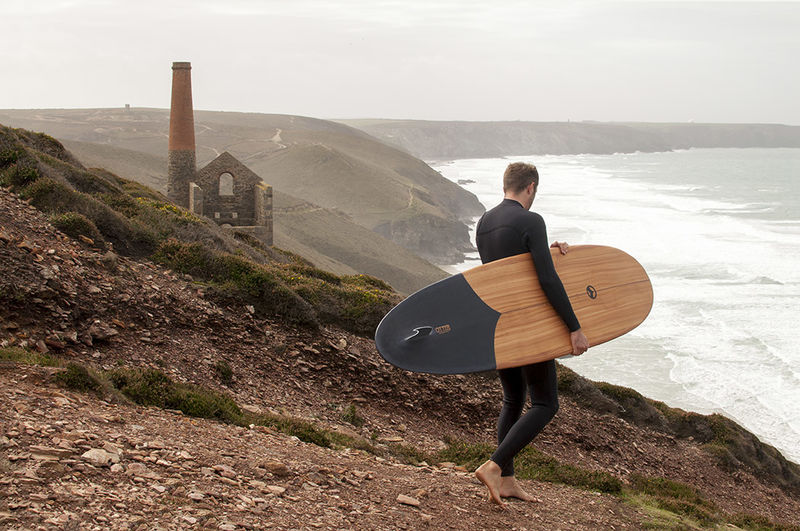
As one of the foremost makers of wooden surfboards in the UK, it seems counter-intuitive to his business to encourage this. But, James is passionate that it’s the answer to a more sustainable surf industry moving forward. Key to the wooden surfboard movement is their durability, and the fact that people view them as far less throwaway than the plastic or foam board alternative. They can become heirlooms and there is a real sense of a long-term mindset that accompanies the wooden board revolution – especially when crafted by your own bare hands. They are aesthetically pleasing too, sexy, rugged and beautifully moulded. In a world dictated by appearances and marketing, it’s not surprising to see them doing so well. In a sense, the bonus comes with it being environmentally friendly and having a positive eco impact.
This, alongside other green surfing developments such as bamboo cores to boards and hemp-based fibreglass being rolled out, shows that there is an ever more eco future appearing within the surf world. Cafe owners in a small pocket of Ireland are even making hand planes for bodysurfers out of recycled plastic milk bottles. Plus, more and more makers are starting to craft a name for themselves in the wood-riding world – brands such as British company, Lignum Surfboards, Far, Grain Surfboards and Italian company No-Made Boards.
The marketing surrounding the surf industry is something of a controversial one, still. But one thing is for sure – there’s a sense of effortless cool that goes with it. So, the best news? Once industries that are seen to be ‘cool’ and have marketing campaigns that follow the theme are onboard, change happens… Watch this space.
Spruce up your board and scrape off the excess wax while being kind to the environment with this beautiful bamboo Surf Wax Comb.
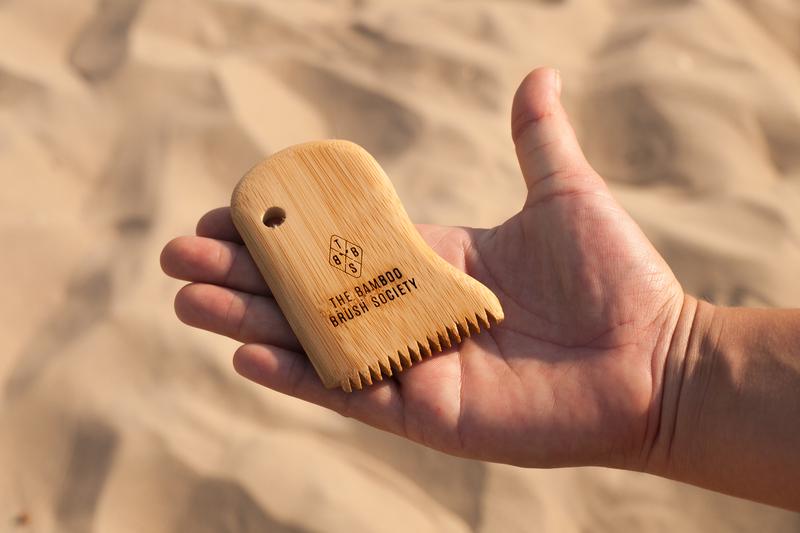
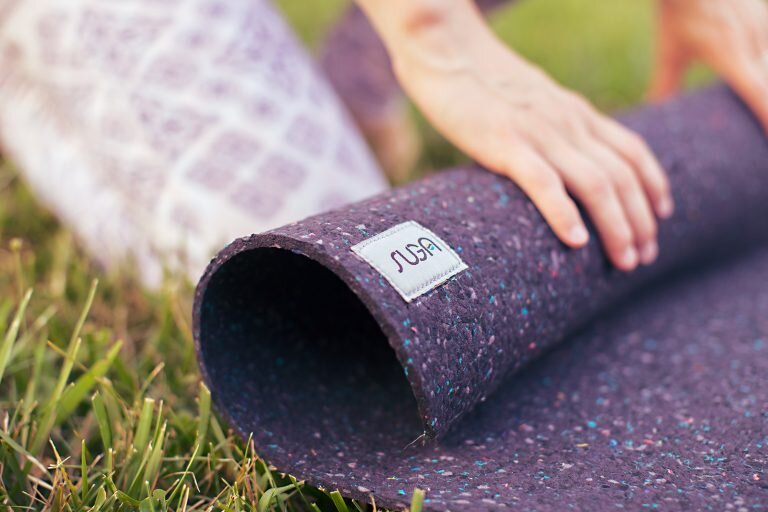
Every surfer will tell you how big a part yoga can play in their lives, from stretching for form and daily practice for better core strength and stability. Suga Mats make beautiful yoga mats out of recycled wetsuits, created by a surfer who wanted to reduce their environmental impact.
Sunscreen couldn’t be more important when out on the water, but find one that is reef-safe and protects our ocean life. For more, check out our feature on the best clean and green sunscreens.